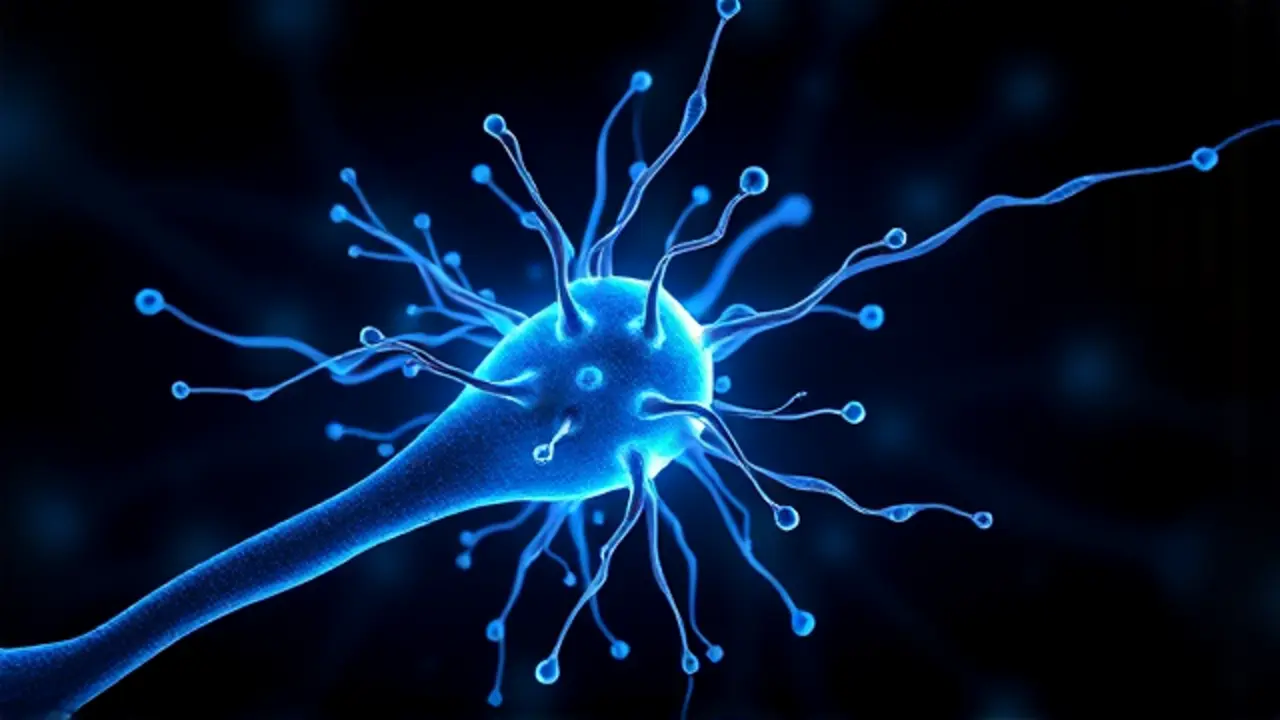Scientists build artificial neurons that work like real ones
In a development that feels ripped from the pages of a near-future medical thriller, a team of engineers at UMass Amherst has successfully constructed an artificial neuron that doesn't just mimic its biological counterpart—it communicates with it directly, operating at a whisper-quiet voltage so low it was once the stuff of pure scientific fantasy. This isn't merely an incremental step in computing; it's a paradigm shift, built on a foundation of the most unlikely of materials: bacterial protein nanowires.These tiny, conductive filaments, harvested from the common bacterium *Geobacter sulfurreducens*, are the secret sauce, enabling the synthetic neuron to fire signals using the same minuscule energy currency that our own brain cells use. The implications are staggering, effectively tearing down the fundamental barrier that has long separated silicon from synapse.For decades, the dream of seamless bio-electronic interfaces has been hamstrung by a simple, brutal fact of physics: biological systems operate at about 0. 1 volts, a realm where conventional electronics are deaf and blind, requiring bulky, power-hungry amplifiers that generate heat, cause tissue damage, and make long-term implantation a dangerous proposition.This new architecture, detailed in a recent publication that has sent ripples through the biotech and neuroengineering communities, eliminates that bottleneck entirely. By leveraging the unique quantum mechanical properties of these protein-based wires, the artificial neuron can detect and generate the faint electrical whispers of a living cell without any intermediary translation, creating a truly symbiotic relationship between machine and biology.The energy efficiency is so profound that it opens the door to a new class of medical and computing devices that could, quite literally, power themselves from their environment. Imagine a next-generation cardiac pacemaker that doesn't require a battery replacement surgery every decade, but instead harvests the subtle electrochemical energy from the surrounding heart tissue itself.Envision wearable health monitors, woven directly into clothing, that are powered by the salt and lactate in your sweat, providing continuous, real-time diagnostics without ever needing a charge. Or consider the even more futuristic prospect of devices that pull the infinitesimal amounts of electricity directly from the humidity in the air, a concept known as 'ambient power harvesting' that suddenly becomes feasible at these ultra-low voltage thresholds.This breakthrough sits at the convergence of several revolutionary fields: synthetic biology, which provides the tools to engineer life's machinery; neuromorphic computing, which seeks to build computer chips that emulate the brain's neural architecture; and sustainable electronics, which aims to break our reliance on toxic materials and energy-intensive manufacturing. The UMass team's work is a masterclass in this interdisciplinary approach, drawing inspiration from the most efficient computer known to humanity—the human brain—while solving one of its most perplexing puzzles: how to achieve such staggering computational density with such minimal power consumption.Experts in the field are already hailing this as a foundational technology, the kind of platform innovation upon which entire industries will be built. Dr.Anya Sharma, a leading neuroprosthetics researcher at the Stanford Neural Interface Lab, who was not involved in the study, remarked, 'This is the missing link we've been searching for. For the first time, we can realistically envision a closed-loop system for managing chronic conditions like Parkinson's or epilepsy, where an implant can not only read the faulty neural signals causing a tremor or a seizure but can write back the correct instructions to suppress it, all in real time and without the risk of thermal damage from power conversion.' Beyond medicine, the potential cascades into the realm of computing itself. The pursuit of artificial general intelligence (AGI) has been constrained by the von Neumann architecture, where the separation of memory and processing creates a massive energy bottleneck, famously known as the 'memory wall.' Neuromorphic systems, built with these low-voltage artificial neurons, could finally overcome this, enabling machine learning models to run with a fraction of the energy required by today's massive GPU clusters. This could democratize advanced AI, allowing for powerful, intelligent systems to run on edge devices—from your smartphone to sensors in remote agricultural fields—without a constant connection to the cloud.Of course, the path from laboratory prototype to clinical and commercial reality is fraught with challenges. The long-term stability of these protein nanowires within the harsh environment of the human body must be rigorously tested.The manufacturing processes need to be scaled from painstaking laboratory synthesis to industrial production. And, perhaps most profoundly, a new ethical and regulatory framework must be established to govern the integration of such intimate, always-on bio-electronic hybrids.Yet, the trajectory is clear. This is more than a new component; it's a new language for communication between the carbon-based world of biology and the silicon-based world of technology.It represents a future where our devices are not just worn on us, but are woven into the very fabric of our biological existence, healing, augmenting, and connecting in ways we are only beginning to imagine. The age of truly integrated bio-inspired computing is no longer a question of 'if,' but 'how soon,' and the work at UMass Amherst has just provided the most compelling answer yet.
Latest News
JWST may have found the Universe’s first stars powered by dark matter
4 days ago0 comments
Indian Startup Airbound Raises $8.65M for Rocket Drone Deliveries
4 days ago0 comments
Nobel winner warns Europe is losing tech race.
4 days ago0 comments
Chinese Scientists Restore Ancient Love Poem with AI
4 days ago0 comments
Scientists build artificial neurons that work like real ones
4 days ago0 comments
Popular hair-loss pill linked to depression and suicide
4 days ago0 comments
This new blood test can catch cancer 10 years early
4 days ago0 comments
Hong Kong Entrepreneur Fights Dementia with Cultural Games
4 days ago0 comments
It’s quiet here...Start the conversation by leaving the first comment.
© 2025 Outpoll Service LTD. All rights reserved.
